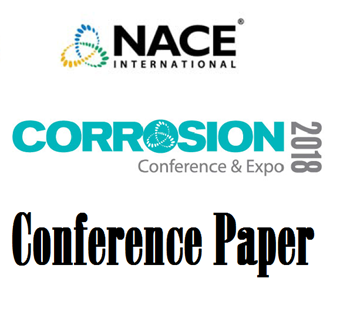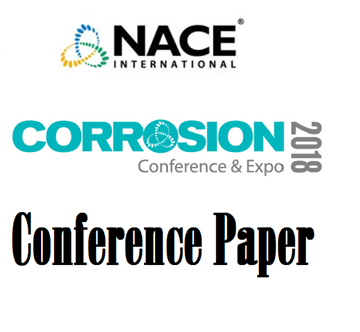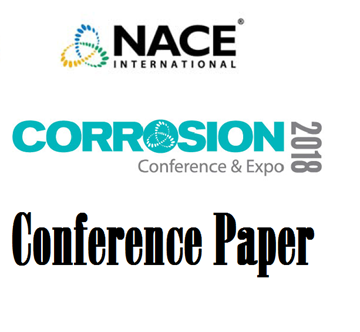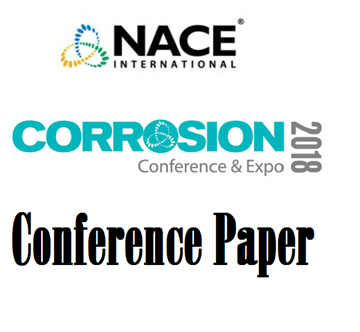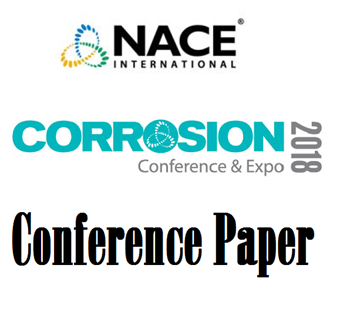Search
Products tagged with 'stainless steel'
View as
Sort by
Display
per page
51318-11312-Stainless steel rebar for marine environment: a study of galvanic corrosion with carbon steel rebar used in the same concrete structure
Product Number:
51318-11312-SG
Publication Date:
2018
$20.00
51318-11325-Laboratory Investigation of Corrosion of Type 304L Stainless Steel in Hanford Direct-Feed Low-Activity Waste Effluents
Product Number:
51318-11325-SG
Publication Date:
2018
$20.00
51318-11438-Electrochemical Methods for Assessing the Pitting Corrosion Resistance of Metallic Materials
Product Number:
51318-11438-SG
Publication Date:
2018
$20.00
51318-11497-Material Selection Fabrication and Construction of a Corrosion Resistant Plate Girder Bridge
Product Number:
51318-11497-SG
Publication Date:
2018
$20.00
51318-11634-A condition monitor for atmospheric induced stress corrosion cracking
Product Number:
51318-11634-SG
Publication Date:
2018
$20.00
51318-11707-Corrosion of steel in high-level radioactive waste rock repositories: kinetics and thermodynamics
Product Number:
51318-11707-SG
Publication Date:
2018
$20.00
A Review Of Chloride Stress Corrosion Cracking Factors For Austenitic Stainless Steel
Product Number:
51322-17524-SG
Publication Date:
2022
$20.00
Advanced Coating Technology For Refinery And Petrochemical Applications
Product Number:
51322-17657-SG
Publication Date:
2022
$20.00
AISI 420/410 Modified Martensitic Stainless Steel bar Stock Materials Sulphide Stress Cracking (SSC) Resistance in Mildly Sour Environments
Product Number:
51323-18759-SG
Publication Date:
2023
$20.00
An Integrated Probabilistic Approach to Predicting the Occurrence of Atmospheric Stress Corrosion Cracking of Dry Storage Canisters
Product Number:
51323-18893-SG
Publication Date:
2023
$20.00
ANSI/NACE MR0175/ISO 15156-2009 (Chinese), Petroleum and Natural Gas Industries—Materials for Use in H2S-Containing Environments in Oil and Gas Production
Product Number:
21310-SG
ISBN:
1-57590-176-5
Publication Date:
2009
$310.00
Characterization of 304 Stainless Steel Crack Tips Exhibiting High Temperature Retardation in Deaerated Water
Product Number:
ED22-18392-SG
Publication Date:
2022
$20.00

